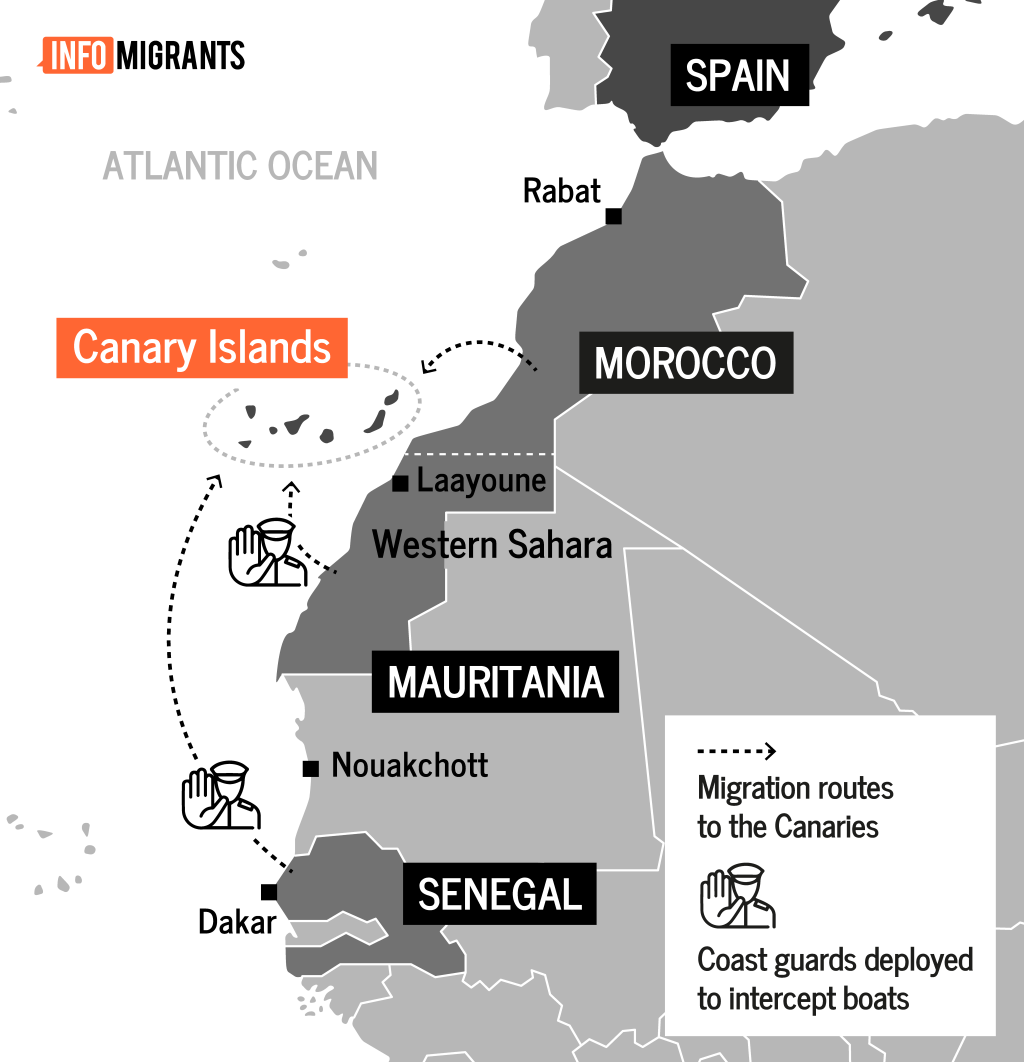Spain will redistribute 4,400 unaccompanied minors from overcrowded Canary Islands centers to other regions. The move, following months of debate, includes changes to immigration law to address record asylum arrivals.
Approximately 4,400 unaccompanied minors who arrived in the Canary Islands to seek asylum will be spread out to other regions across the country, Agence France Presse (AFP) reported on Tuesday (March 18).
The redistribution of unaccompanied minors is a move to alleviate the overcrowding of reception centers in the Canary Islands. Currently, the Canary Islands hosts an estimated 5,000 unaccompanied minors but the island has a reported capacity of 900. About 37 percent of Spain's unaccompanied minors are hosted in the Canary Islands.
The calculation criteria for assigning unaccompanied minors to a certain region will primarily be the current population (50 percent), per capita income (13 percent), and unemployment rate (15 percent), followed by other factors such as location.
Local media reported that some autonomous regions have already announced the number of juvenile migrants they estimate would reach their territories. Catalonia, for example, estimates the number between 20 and 30 while the Basque Country puts the number at 89.
The government has given the regions until March 31 to submit this information about their region in order for Madrid to make projections.
Read AlsoCanaries: Arrivals drop by a third, 'decisive week' for distribution of migrant minors
Triumph for Canary Islands
The decree law comes after months of political debate. A record number of irregular arrivals in the Canary Islands left authorities scrambling for ways to manage the processing and housing of asylum seekers who are also unaccompanied minors. Additionally, the distribution policy outlined in the decree-law involves a change in the immigration law.

The regional president of the Canary Islands, Fernando Clavijo, reported the move as a "triumph" for Canarian society.
In 2024, the Spanish Ministry of the Interior reported a record-high number of irregular arrivals in the Canary Islands, notably more than 5,600 unaccompanied minors. The countries of origin included Mali, Senegal, and Morocco.
Overcrowding
Overcrowding in some reception centers for unaccompanied minors has become a major issue in the Canary Islands.
Rights group Amnesty International reported that 82 reception centers in the Canary Islands were operating well beyond capacity and lacking sufficient resources, including specialized training, interpreters, and quality legal assistance.
The surge in irregular arrivals in the Canary Islands is reported to have been influenced by tighter controls in the Mediterranean pushing migrants to attempt the Atlantic route. However, both routes are extremely dangerous, especially for boats which are typically wooden boats filled far beyond their capacity. The boats are no match for the Atlantic Ocean's ocean currents and massive waves.
According to a report titled "The Right to Life 2024" by the NGO Caminando Fronteras, it is estimated that a total of 10,457 migrants died in their attempts to reach Spain last year.
Read AlsoCanary Islands: Spain races to house unaccompanied minors
